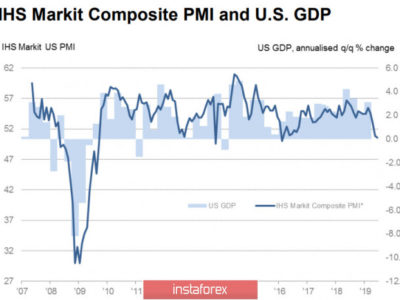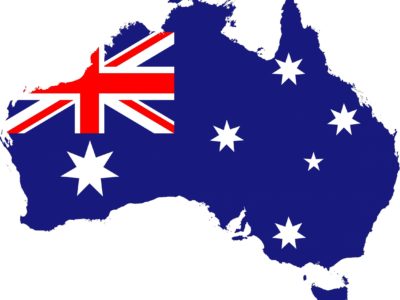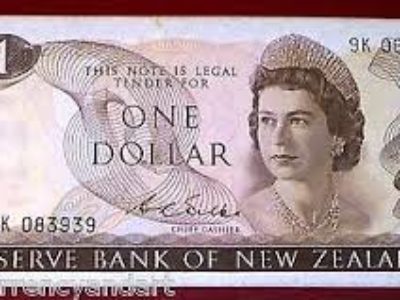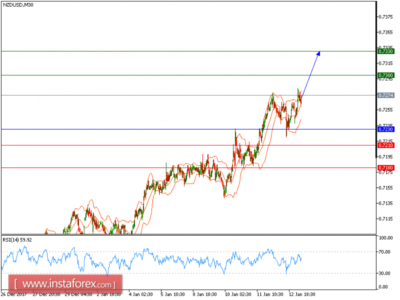NZD Analysis – 26th of January
The RBNZ cut the Official Cash Rate to 2.50% at the December 10 meeting which was widely expected. This was the fourth 25-basis cut for 2015. The accompanying statement signalled that the bank would now be on hold and assess incoming data. This caused a significant rally in NZD. Check out my latest NZD analysis below to stay up-to-date!
NZD Analysis
Interest Rate
Official Cash Rate: 2.50%
Last Change: December 10, 2015 (2.75%)
Expected Future Change: No change expected
Next decision: January 28
Inflation
Inflation Target: 2% (1-3%)
Period: Year to the December 2015 Quarter
CPI: 0.1%
Core: 0.5%
Next Release: April 17
Employment
Period: Q3
Employment Growth: -0.4 Expected: 0.4
Unemployment Rate: 6.0% Expected: 6.0%
Labour Cost Index: 0.4% Expected: 0.5%
Next Release: February 2
Growth
Period: Q3
GDP: 0.90% Expected: 0.80%
Next Release: March 16
After being one of the weakest currencies through 2015, the New Zealand dollar moved to a neutral fundamental position after the December 10 monetary policy decision where the RBNZ once again cut rates to a new low of 2.50%. The market had been waiting for this cut, expecting that after 100 basis points reduction in the OCR the bank would move to a more neutral stance. This was indeed the case, with the accompanying statement saying that current interest rates settings are expected to be sufficiently accommodative to return average inflation back to near the middle of the target range.
The statement contained bearish aspects, such as confirmation that growth in NZ had softened during 2015 and this had caused an increase in spare capacity and unemployment. The recent rise in the exchange rate was seen as unhelpful and further depreciation of NZD would be appropriate. There are risks to the outlook which include dairy prices remaining weak and El Nino causing drought conditions. However aside from the negative comments, which were not particularly new, the most important comment of the statement was that interest rates are likely appropriate to see inflation return to acceptable levels. After the initial spike lower of about 70 pips the Kiwi rallied nearly 200 pips as the market offloaded some short positioning which had been accruing since the start of the year. Further upside in Kiwi seems likely, provided the data does not signal further cuts.
It is also important to note that the NZD has been pressured to begin 2016 due to global uncertainty stemming from China, and the continued fall in the commodities complex. Commodity and higher yielding currencies have remained under pressure as a result of the commodities weakness and haven flows as investors look for safer alternatives.
The GDT Price Index once again printed in slightly negative territory at the January 19 auction, coming in at -1.4%, after last months 1.6% decline.
The December quarter consumers’ price index increased 0.1% in the year following a 0.4% increase in the year to the September 2015 quarter. Petrol prices made the largest downward contribution for the year. Excluding petrol, the CPI increased 0.5% in the year to the December 2015 quarter. The small movement for the year was also influenced by both lower vehicle relicensing fees and international air fares.
Third quarter gross domestic product, released December 17, printed at 0.90%, up from 0.30% during the second quarter. This is a positive improvement for the NZ economy and coincides with a move higher in dairy prices. Annual growth was at 2.3%.
On the labor front, the unemployment rate increased to 6.0% in the September 2015 quarter, up from 5.9%. At the same time, 11,000 fewer people were employed than in the June quarter. This was the first quarterly fall in employment in three years. Until recently, the labor market has been keeping pace with New Zealand’s population growth, but in the past three months this has changed. Q3 also had the largest increase in the number of people outside the labor force since the March 2009 quarter.
The NZD still has the highest interest rate of all major currencies, which means the Kiwi can remain supported on risk appetite due to its higher yield. Given the RBNZ’s new more neutral policy stance we are less bearish on this currency and will instead remain data dependent. Global uncertainty along with weakening commodity prices have pressured the NZD to begin 2016. If dairy prices continue positive then we see the NZD moving as a relatively neutral currency.
The post NZD Analysis – 26th of January appeared first on Jarratt Davis.
Source:: NZD Analysis – 26th of January











